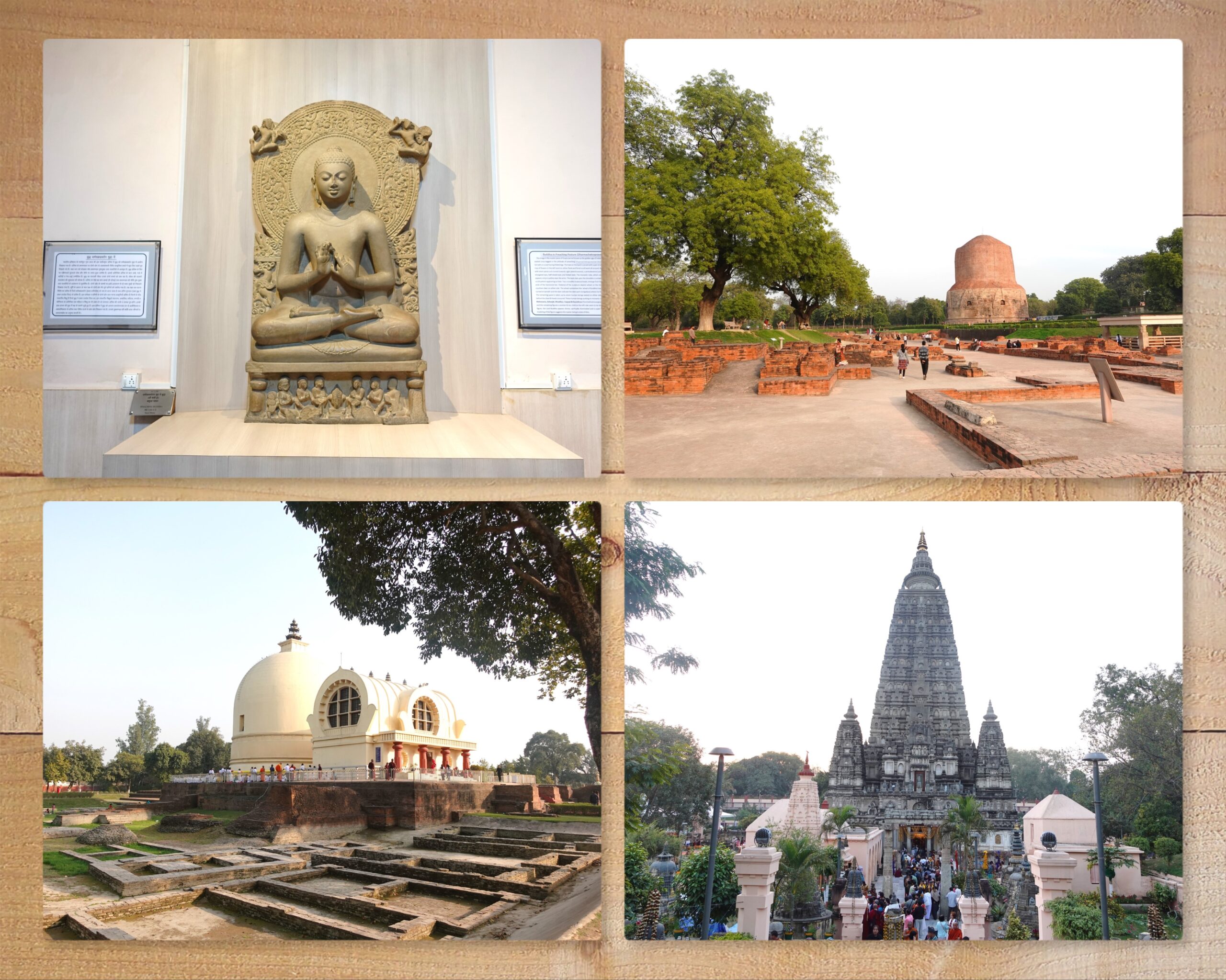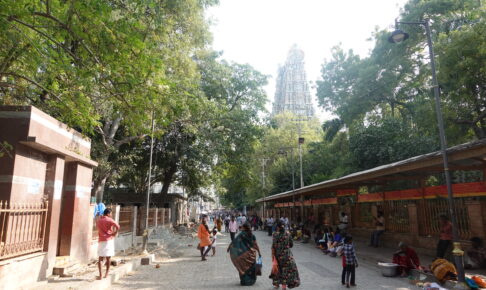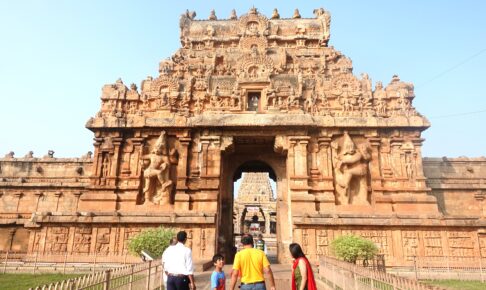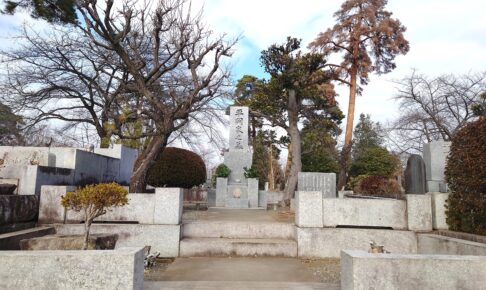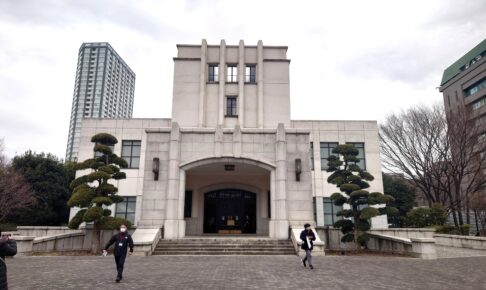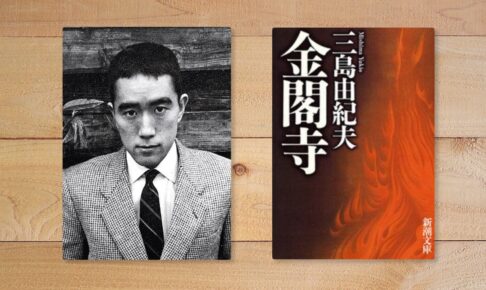Third Indian Expedition] (64)
Departure for a tour of Buddhist sites in India - A trip to visit Buddha's footprints. To my last trip called by Mishima.
It has finally begun. It is my last trip.
I am about to embark on a month-long journey to visit Buddhist sites in India and Nepal.
I visited India for the first time last August.... At that time, I visited Haridwar, which is a holy place for Hinduism, not Buddhism.
I will never forget the sights I saw here. The chaos of the sacred and the secular unfolding in the holy Ganges. The sight of Indian people.
People bathing in the holy Ganges.
It's easy to put it this way.
But how diverse a world is unfolding within that Ganges!
After all, there is no room for Buddha here. There is no point in saying to the people here, "Bathing is meaningless. They will not understand if I tell them to live modestly, do good things and do not do bad things, and to be liberated from samsara. The people here all believe in the purification of the Ganges and pray for the happiness of this life and the next. They also enjoy from the bottom of their hearts the Hindu-like festive space created by Haridwar. Indians have their own mentality, culture, and faith.
In the midst of this national and religious character of India, Buddha denied them. Buddha was, after all, a tremendous outsider. We need to find out more about what it means that his teachings spread all over India.
I focused on this and began to reacquaint myself with Buddhism when I returned to Japan in August. I also gained a great deal of perspective on this through my trip to Sri Lanka. In particular(49) Why did Mahayana Buddhism die in Sri Lanka?As I told you in the article "The Relationship with the State in Buddhism," I learned that the relationship with the state in Buddhism cannot be overlooked.
Also in India, it is necessary to know the historical background of the time in order to understand the flow of the Buddhist cult. From this perspective, the life of Buddha, the founder of Buddhism, was written in theThe life of Buddha (Shakyamuni Buddha) as seen through local photographs.The first is.
This series of articles was written immediately after my return from a trip to Buddhist sites in February. In this series of articles, I have tried to make it accessible to those who are not familiar with Buddhism. I hope this series of articles will help you to understand why Buddhism spread in India. The historical background is important. Religion is not only religion.
And this last journey of mine is not just a Buddhist journey.
This journey began with Yukio Mishima.
On my return flight from Sri Lanka I was shocked beyond words.He died at Waseda."has radically changed something about me.
But this is reality. I must know more about this world.
At first, it was just a question of what student conflict was.
But after reading "He Died at Waseda," I had reached a point where there was no turning back. I am now gripped. I must know Yukio Mishima.
Who was that Yukio Mishima who debated with the Zenkyoto? Who was this charismatic figure? What meaning did Yukio Mishima have in Japan? I could not help but ask these questions.
In the two months since my return from Sri Lanka, I have read books at a furious pace. Moreover, I had to learn not only about Mishima but also about Disney. In other words, I spent two months immersed in something that was off the main course of Buddhism.
But this is not in vain. Rather, through Mishima's literature, I have come to know the power of words. Mishima expresses his thoughts without hesitation. I could not help but be attracted to his confidence. And his beautiful and powerful style certainly gave me strength.
Mishima captured my heart.
Why is that? Because Mishima talks about "life and death.
Furthermore, Mishima rejects quantitative "life" and thoroughly questions its quality. He condenses life into a single moment and regards that moment as the value of life. What is the use of living a long life in vain? Burn your life.
Youth is beauty. It is infinitely precious.
Old age is ugly, sickness is despair.
Mishima was extremely afraid of aging. Mishima tried to control, discipline, and conquer everything by himself.
For such an ultimately stoic person, old age and illness would have been nothing but despair.
This is how Mishima confronts us with the issue of life and death.
And this issue of life and death connected Mishima to India, reincarnation, and the Buddhist philosophy of materialism. Mishima and I now share the same problem. And now I am going to India. With Mishima.
This time,The Sea of Fertility.Four of the books I am bringing along with me on my trip. Of course, I had read the tetralogy in one sitting before embarking on the trip, but I decided that this work was so huge and so brilliant that it needed to be re-read.
It is unusual for me to re-read such a long work in such a short period of time. And I was going to do it during my stay in India. Yes, it is true. This book is for meDon Quixote."They came to the same position as the
I am now going to visit Buddhist sites in India. However, as usual, I will take many detours. The first destination is not a Buddhist site.
My first stop was the South Indian city of Thanjavur. This city is right on the doorstep of Sri Lanka and was once the royal capital of the Chola dynasty that invaded Sri Lanka. Yes, I know. My trip to Sri Lanka was not over yet. I was going to start my tour of Buddhist sites in India after clearing up the leftovers.
Let's begin my final journey, a travelogue of Buddhist sites in India, in the next article.
*Below is an article with reference books on India and Sri Lanka that we have referenced in this travelogue. Please refer to them.
periodA list of recommended reference books to help you learn about Indian history, religion, and culture."
periodA list of recommended books for "those who want to know more about Indian Buddhism."
periodA list of recommended books to help you get to know the Buddhist country of Sri Lanka."
Next Article.
Click here to read the previous article.
Related Articles












